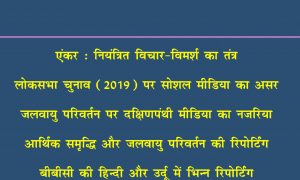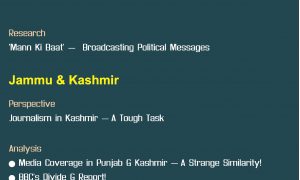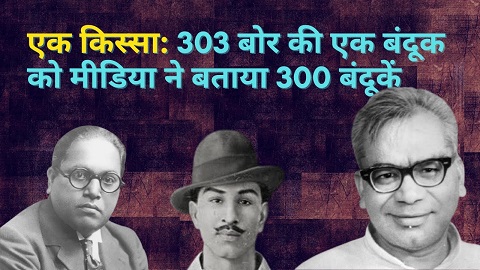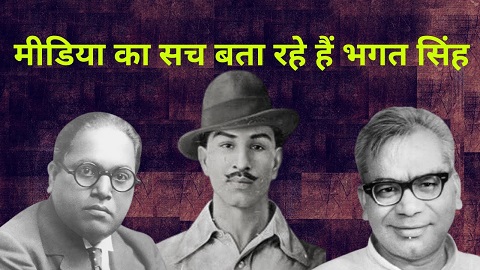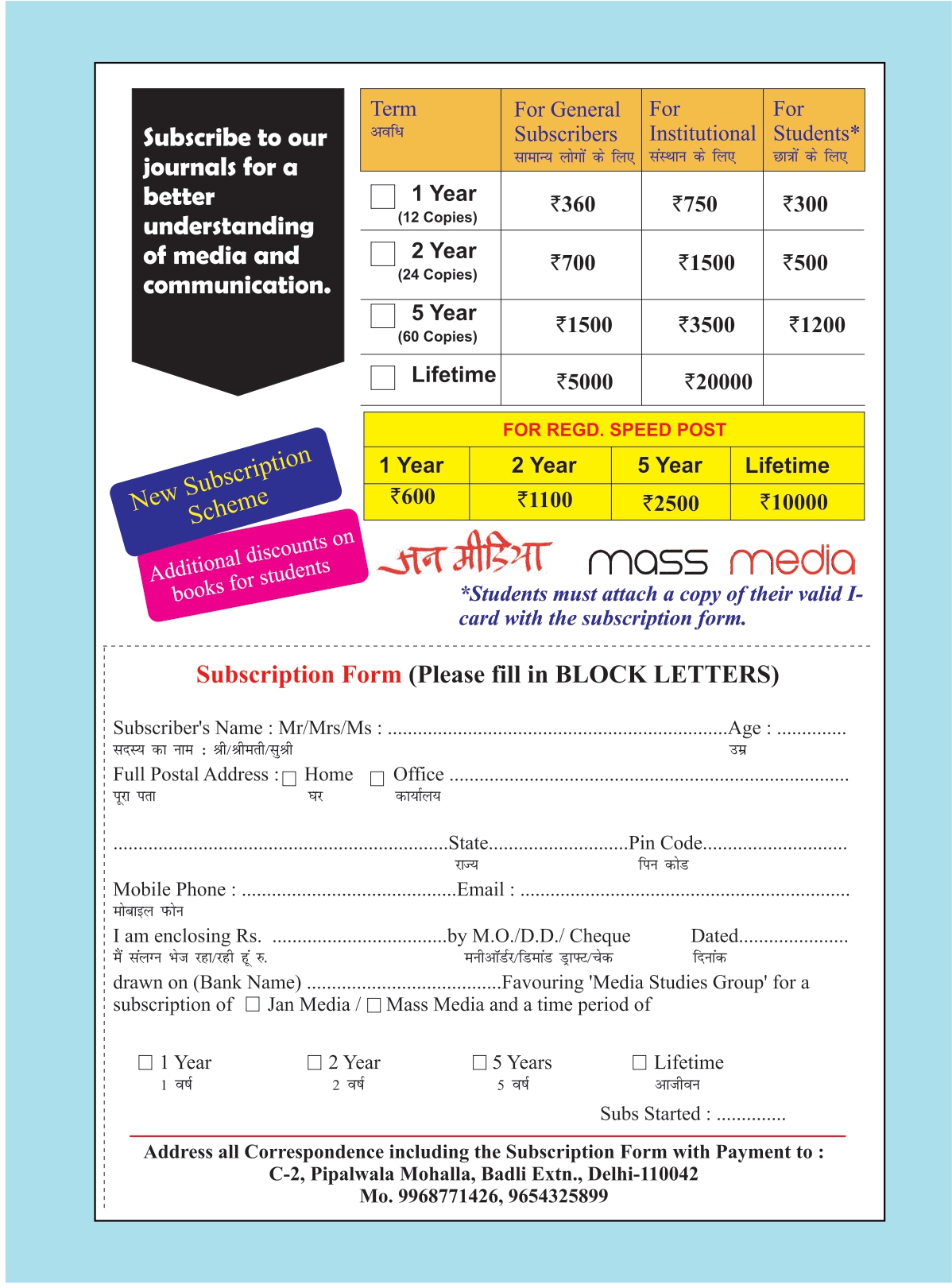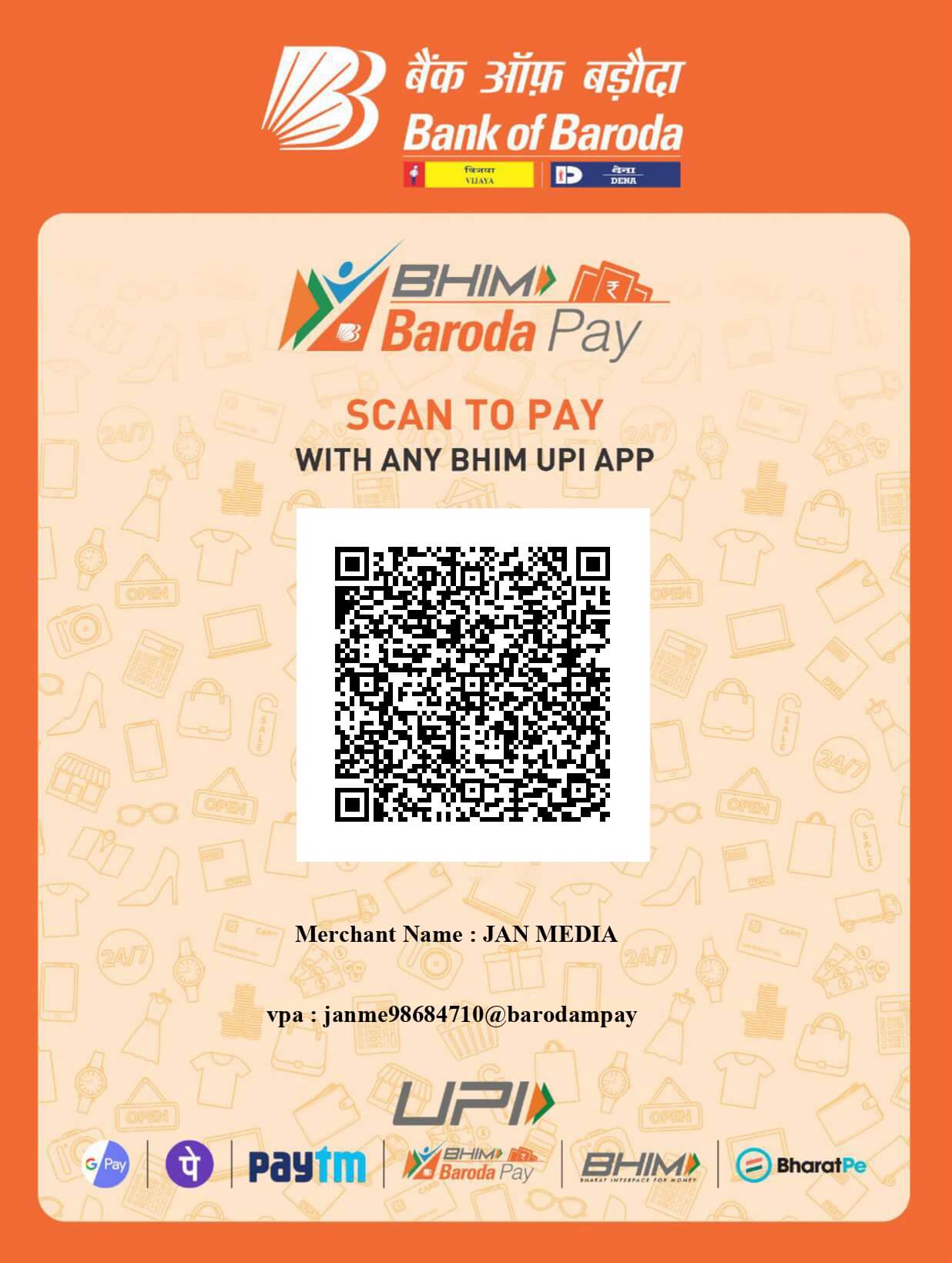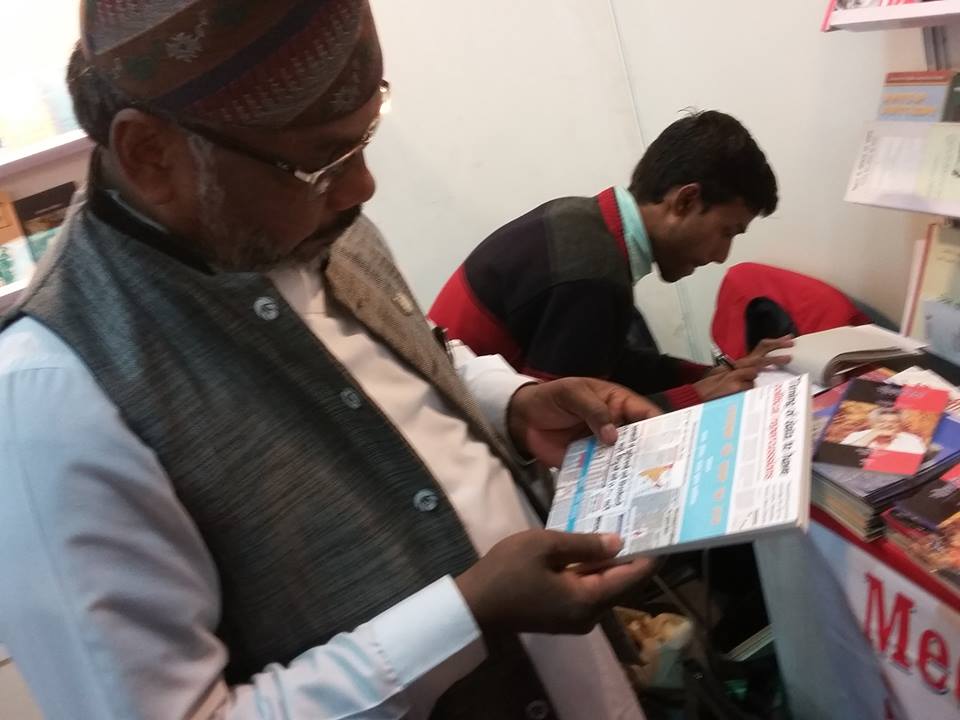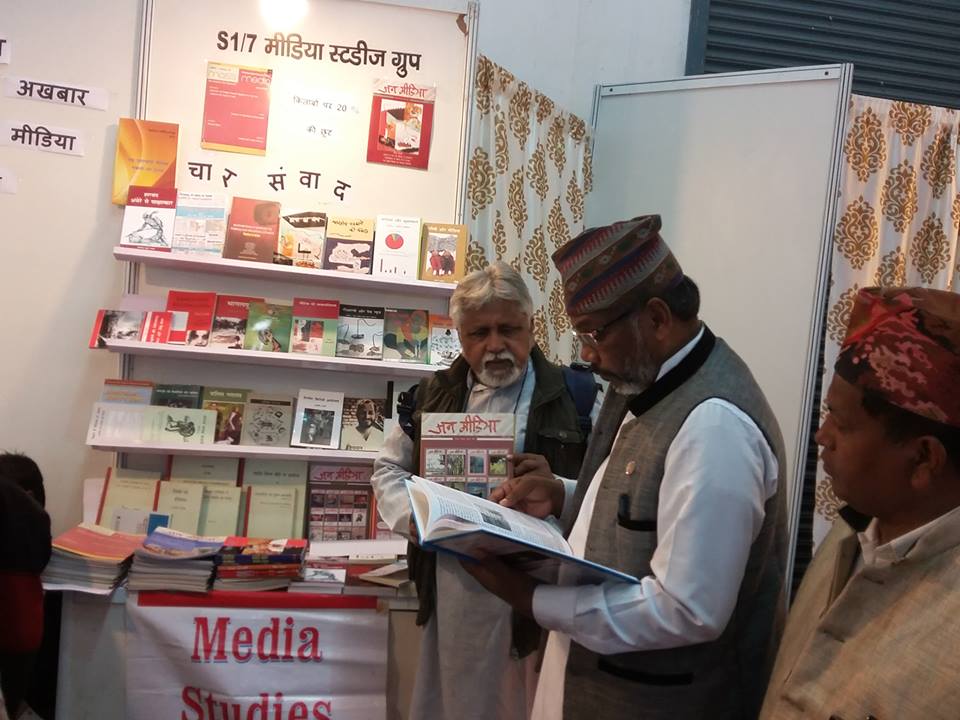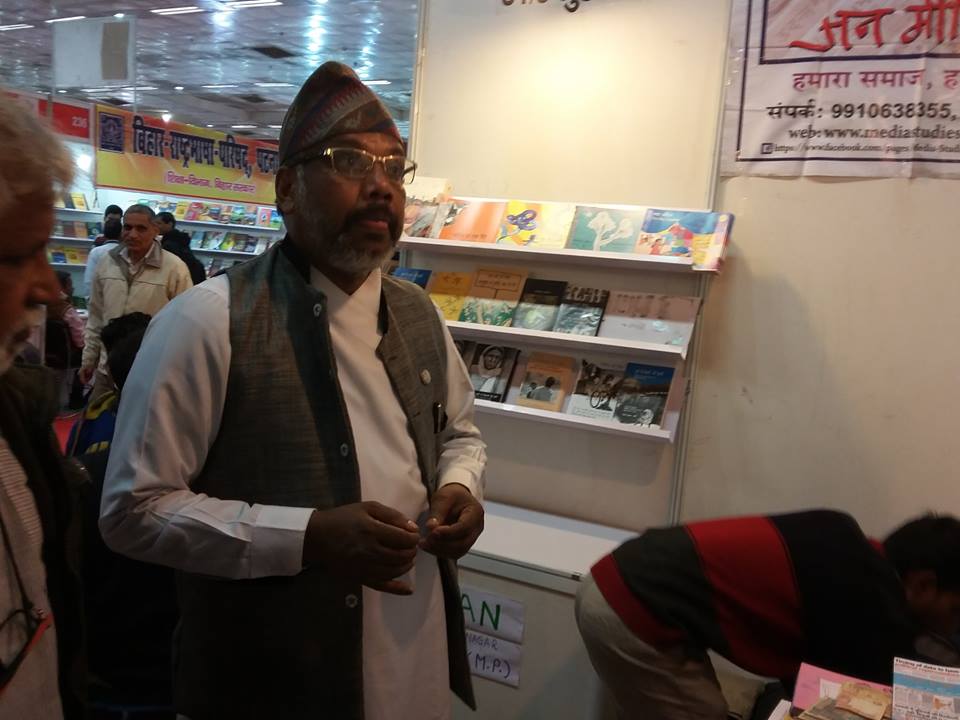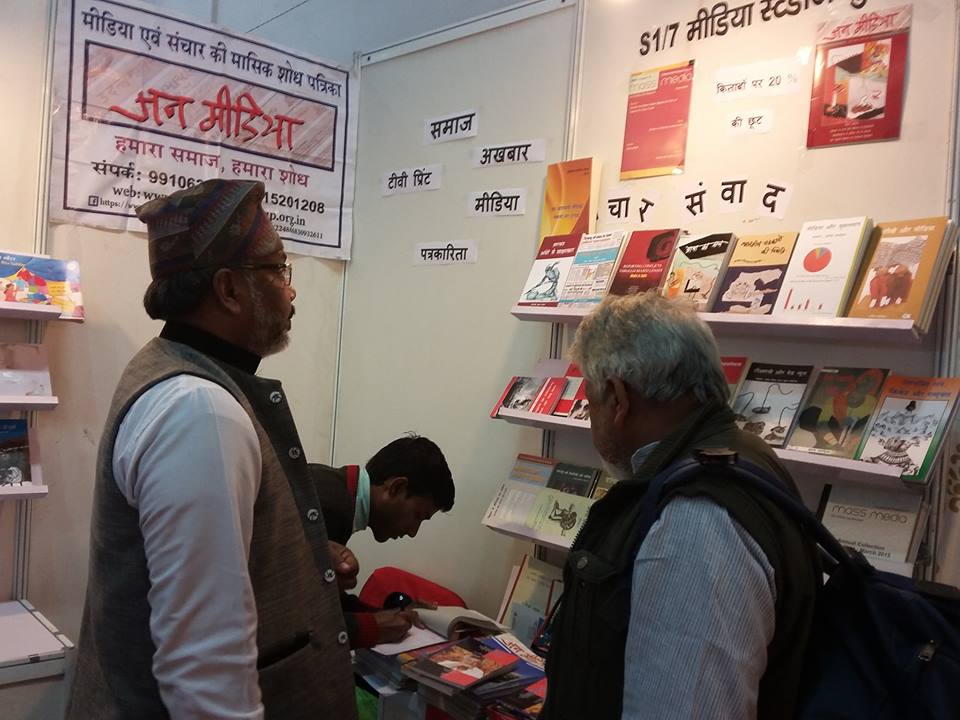A study of the coverage of the abrogation of Articles 370 & 35 (A) in 7 national newspapers underlines a grim picture
From news point of view, Jammu & Kashmir has always been a favourite destination for media. Be it print or electronic or digital media, they all show great enthusiasm in reporting about Jammu & Kashmir. However, three types of media – regional / local, national and international – are working in this sensitive and high – profile state. This regional media is further divided into (predominantly Muslim populated) Valley’s media and (predominantly Hindu populated) Jammu media. Interestingly, majority of these three media yearn for political news only. They seldom report or give space to social, cultural and economic issues of the state. In that sense, the recent abrogation of Articles 370 and 35 (A), related to Jammu & Kashmir, by the parliament on August 5 is a big political development. It has created ripples both on domestic and international fronts. So, it is pertinent to see how media has reported this unprecedented development. Keeping this into consideration, a study of reportage by the 7 (4 Hindi & 3 English) national newspapers of this giant leap on August 6 has been done. This study has tried to examine the way prominent national newspapers of this country have responded to this development of far – reaching effects.
This study, in fact, has tried to probe certain aspects which are as follows:
● How many materials (news/ features/ articles/ analysis/ opinion) related to this development have been carried out by these national newspapers?
● How they have responded to this development? Whether they have adopted a neutral and balanced approach or have toed government’s official line or have taken an opposite line while carrying stuffs related to Article 370?
● Whether they have reported it in a sensational manner with screaming headlines?
● What kind of language they have used?
● Whether they have presented this whole development in any special manner or with any innovative display?
What are Articles 370 & 35 (A) all about?
In brief, the Article 370 of Indian constitution details the relationship Jammu & Kashmir will share with the rest of the country while Article 35-A grants permanent residents of Jammu & Kashmir some special rights.
The Article 370, which comes under the part 21 of Indian Constitution, is a provision by the virtue of which the state of Jammu and Kashmir has acquired a special status. It provides a fairly high degree of independence to the state, enables the state to have its own Constitution and flag. By the virtue of this Article, Indian Parliament cannot make any law for this state without the consent of state Assembly. President’s rule cannot be proclaimed in that state and only Governor rule can be imposed. Besides, the provisions of Article 238 are not applicable to the state of Jammu and Kashmir. Also, Article 368 (which contains Amendment clauses) is applied to whole of India, except to the state of Jammu and Kashmir, unless applied by an order of President of India under Article 370.
On the other hand, Article 35 (A) enables the J&K Assembly to define ‘permanent residents’ and allows it to give permanent resident certificate (PRC) to people in Jammu & Kashmir. The PRC holders are entitled to various rights and privileges. No one, except those defined as ‘permanent residents’ with PRC are entitled to property rights; employment in state government; participation in Panchayat, municipalities, and legislative assembly elections; admission to government-run technical education institutions; scholarships and other social benefits, voting rights, right to join central services.
Background of abrogation of Articles 370 and 35 (A)
The ruling Bharatiya Janata Party (BJP), since the time of the Jan Sangh, have been voicing for the abrogation of Article 370. The party is of the view that in a country like India there should be one Constitution and one flag only. To popularize this view, the party coined a slogan “Desh mein ek vidhan, ek nishan (One Constitution, One flag in the country)”.
In its manifesto1 for 2019 Lok Sabha elections, the party reiterated its position on the abrogation of Article 370 saying “in the last five years, we have made all necessary efforts to ensure peace in Jammu and Kashmir through decisive actions and a firm policy. We are committed to overcome all obstacles that come in the way of development and provide adequate financial resources to all the regions of the state.”
“We are committed to annulling Article 35(A) of the Constitution of India as the provision is discriminatory against non- permanent residents and women of Jammu and Kashmir. We believe that Article 35 (A) is an obstacle in the development of the state. We will take all steps to ensure a safe and peaceful environment for all residents of the state,” the party further added in the manifesto.
Govt.’s rationale behind abrogation of Articles 370 & 35 (A)
An undated document published in The Hindu 2, which according to a government official, provided the rationale for the removal of special status of Jammu and Kashmir, says that “in the backdrop of the Pulwama Attack, once again the justified rage of the public turns to the ‘special’ status on the state of Jammu and Kashmir…… the provision empowering the state with ‘special’ status has always been the elephant in the room. Jammu & Kashmir has, along with its sensitive topography, appears like a foreign policy issue, instead of a domestic one due to its status in our Constitution. There exists an unnecessary chasm between citizens of Kashmir and the rest of India. It borders on being trite, but nonetheless, sadly, must be reiterated – Article 370 and Article 35 (A) must go.”

The document further says that “….from the get-go, the Constitutional relationship of India with this state has been adversely lopsided….. The state of Jammu &Kashmir itself has done phenomenally well on its indicators as an Indian state should. It has grown by almost 7% last year, ensured a greater number of schools per household and even health and connectivity outcomes have outperformed expectations. A big reason is that it is also heavily subsidized by the Centre. A study showed that it has received, from 2000-2016, 10% of all Central funds despite having 1% of the population…..”
Methodology
In this study total 7 national newspapers, including 4 Hindi national newspapers (Dainik Jagran, Dainik Bhaskar, Hindustan & Navbharat Times) and 3 English national newspapers (The Times of India, The Hindu & The Telegraph), of 6th August have been included. The coverage of the abrogation of Articles 370 & 35 (A), which was announced on 5 th August by the government in Rajya Sabha, by these national newspapers have been analysed on different parameters, namely presentation, content, language and approach.
Special Presentation
Almost all national newspapers, incorporated in the study, felt the need of special presentation of the announcement of abrogation of Articles 370 & 35 (A). They all, except The Hinduand The Telegraph, adopted a special approach in presenting this news. Total 5 newspapers (All 4 Hindi newspapers and 1 English newspaper), in order to present the news, came out with a jacket consisting a banner headline (see Table 1). It is interesting to note here that jackets, in newspapers, are part of advertisement techniques and brought out for giving fillip to brand – building exercise of a product by grabbing more eyeballs. Invoking such advertising technique to an important news like this is a matter of a separate discussion.
Dedicated pages
Every newspaper has given due importance to this development of far reaching effects. They have dedicated ample number of pages while covering different aspects of this issue (see Table 2). The Dainik Jagran, a Hindi daily with second largest circulation in the country, left behind other 6 newspapers in dedicating pages to this matter. The newspaper dedicated total 10 pages to the news related to this issue. Besides 2 full pages of the jacket, it dedicated 7 pages to the news related to the abrogation. It also dedicated 1 full page of its City supplement.
The Telegraph, which has been in the limelight for criticizing various decisions of Narendra Modi government, grabbed the second spot with total 9 dedicated pages to this issue. But unlike other newspapers, it adopted conventional style and didn’t bring out any jacket.
The Times of India, most popular English daily across the country, dedicated 7 pages in addition to 2 pages of its half jacket. However taking a slightly different route from the trend of full jacket, it came out with a half jacket consisting relevant information on Article 370 and Jammu & Kashmir.
Meanwhile Dainik Bhaskar, the largest circulated newspaper, besides 2 full pages of the jacket, dedicated 5 pages to this issue. But it stood separated from other newspapers as it published a full page advertisement lauding Prime Minister Narendra Modi and Home Minister Amit Shah for abrogation of Articles 370 & 35 (A). The advertisement was issued by the Maharashtra state unit of the BJP.

Like The Telegraph, The Hindu too covered this development in conventional style and didn’t bring out any jacket for it.
Navbharat Times, the sister publication of The Times of India, dedicated only 4 pages to this event. However, the newspaper dedicated 2 full pages of the jacket to it. Hindustan, the sister publication of The Hindustan Times, on the other hand, dedicated 5 pages in addition to the full inner page of jacket to this topic.
Headlines’ affair
The issue of Articles 370 and 35 (A) in Jammu & Kashmir is always seen through the prism of nationalism. In fact, in last few years, it has become a yardstick of nationalism. If coverage of the abrogation of these two Articles of Indian Constitution is any indicator, newspapers too keep this yardstick in their minds. Instead of generally preferred balanced headlines, most newspapers, except The Hindu, carried out opinionated headlines in the name of innovation while disseminating this news (see Table 3).

The Telegraph, continuing its criticism to Modi govt.’s decision, came out with a very hard – hitting one worded headline – PARTITION – on its jacket. Though the headline successfully conveys the actual news of division of the state of Jammu & Kashmir into two Union Territories of Jammu – Kashmir and Ladakh, it’s a glaring example of an opinionated headline. Actually the word, partition, reminds us the dreadful incidents of country’s division in 1947.
Likewise, The Times of India too couldn’t desist itself from giving a slanted headline. The newspaper’s headline read as “Kashmir is now Union’s Territory. However, The Hindu followed the copy – book style while deciding its headline. Its headline “J & K loses its special status, divided into two UTs” was straight and simple.
So far as Hindi dailies are concerned, all four newspapers carried separate headlines on their jacket and first page. The Dainik Bhaskar’s headline on the jacket read as “Desh Mein Ab Ek Vidhan, Ek Nishan”. This headline, in fact, echoed the slogan of the BJP. However, the newspaper carried a different headline on its first page – “Halaat Sudharte Hi Kendra Shasit Jammu – Kashmir Ko Fir Se Purna Rajya Banayenge : Amit Shah”.
The Dainik Jagran, on the other hand, carried a simple headline “Anuchchhed 370”, where 370 bore a crossed mark. However, the first page headline of the newspaper read as “August Mein Aayi Ek Aur Kranti”.
The Navbharat Times came out with a headline “Jammu – Kashmir ko Vishesh Darje Wala Article Khatm” on its jacket while its first page carried a headline – ‘Mission Kashmir’ Picture Abhi Baki Hai.
The Hindustan was different in a sense that it carried a headline “Ghati Mein Vikas Ke Aade Aa Raha Tha Anuchchhed 370” on the inner page of the jacket while it had “Kashmir Ka Khas Darja Khatm” on its first page.
Editorial & Articles / Opinion As the abrogation of Articles 370 & 35 (A) is an important development, it’s pertinent to gauge the stand of national newspapers which is reflected in their editorials and the articles they have carried on August 6 (see Table 4).

Every newspaper, except The Telegraph and Dainik Bhaskar, appeared with an editorial on the abrogation of Articles 370 & 35 (A) on 6th August. The Telegraph was unique in the sense that it neither carried an editorial nor any article on this subject. However, it presented analytical news on different aspects of this issue. Though Dainik Bhaskar too didn’t carry an editorial, but it came out with two different articles written by Syed Ata Husnain & Abhinav Sharma respectively on this topic.
Apart from their respective editorials, Hindustan and Dainik Jagran came out with 3 articles each. Besides Hindustan’s Chief Editor Sashi Shekhar, intellectuals like Harbansh Dixit & Jawaharlal Kaul shared their opinion on this subject. Likewise Prashant Mishra, Vivek Katju & Divya Kumar Soti enriched Dainik Jagran with their articles.
By Syed Ata Husnain’s article featured in both The Times of India and Dainik Bhaskar.
The Hindu roped in Amitabh Matoo, a noted thinker and former Advisor to the Chief Minister of Jammu & Kashmir and Rajgopal Saikumar for writing on this issue.
Conclusion
A newspaper, while covering an issue, has its prime duty to strike a balance and maintain neutrality. This study has shown us that none of the 7 newspapers in the question were able to maintain a balanced and neutral approach in their coverage of the abrogation of Articles 370 and 35 (A) in Jammu & Kashmir. Most of them acted as loudspeakers and parroted the government’s line. On the contrary, a selected few donned the role of the Opposition and dissected the government’s move and approach in Jammu & Kashmir. In the process, all of them barring one or two newspapers adopted slanted headlines and articles.
1. https://www.bjp.org/en/manifesto2019
2. https://www.thehindu.com/news/national/full-text-of-document-on-govts-rationale- behind-removal-of-special-status-to-jk/article28821368.ece


